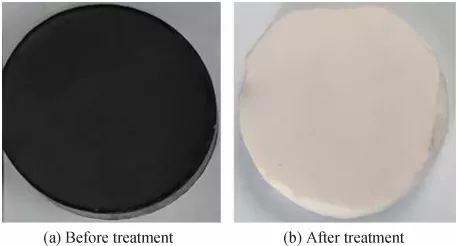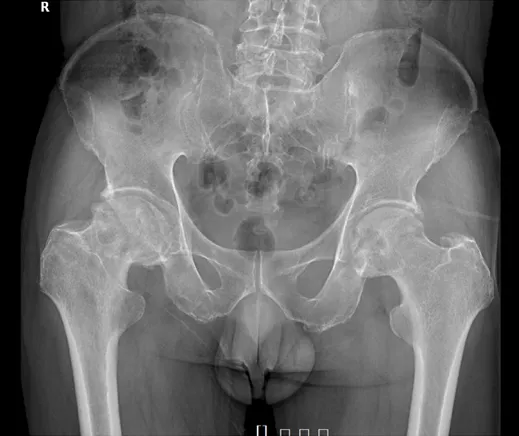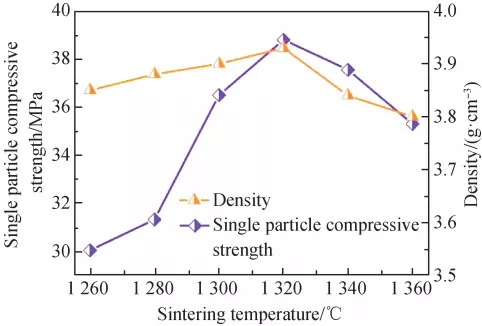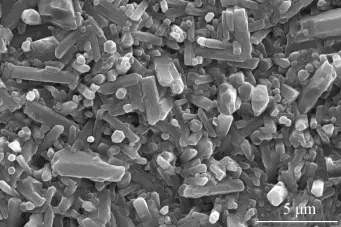Abstract: The crystallization phenomenon of fused silica ceramics in use has received much attention. In this paper, XRD, SEM, FT-IR and XPS were used to study the effects of phase structure, surface morphology and chemical bond on the crystallization behavior of SiBON ceramics. The results show that the precipitation of cristobalite can be effectively inhibited by sintering SiBON ceramics at 1 550 ℃ under the protection of nitrogen. In contrast, the crystallization inhibition effect of samples sintered at the same temperature in vacuum atmosphere is not significant. The phase composition of SiBON ceramics is amorphous SiBON, Si3N4, and BN. The mechanism of suppressing crystallization of SiBON ceramics is that the doping of B and N elements converts the Si—O—Si bonds in SiO2 into B—O—Si and Si—O—N bonds, and the resulting Si—B—O—N amorphous structure improves the SiO2 crystallization activation energy.
Key words: SiBON ceramics, cristobalite, crystallization, sintering atmosphere, element doping
Declaration: This article is provided by CERADIR™ users or obtained from Internet, the content does not represent the position of CERADIR™. We are not responsible for the authenticity/accuracy of the article, especially the effects of the products concerned. This article is for study only, it does not constitute any investment or application advice. For reprinting, please contact the original author. If it involves the copyright and/or other issues, please contact us and we will deal with it asap! CERADIR™ has the interpretation of this declaration.







